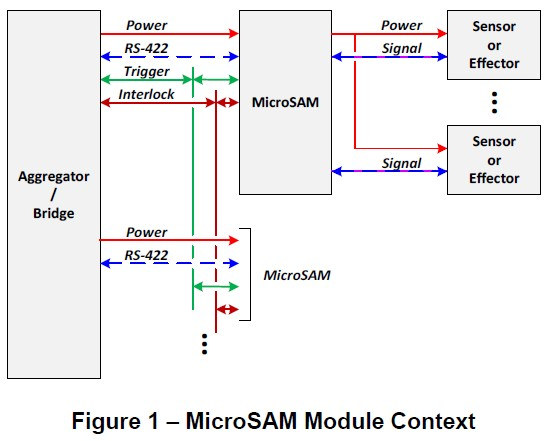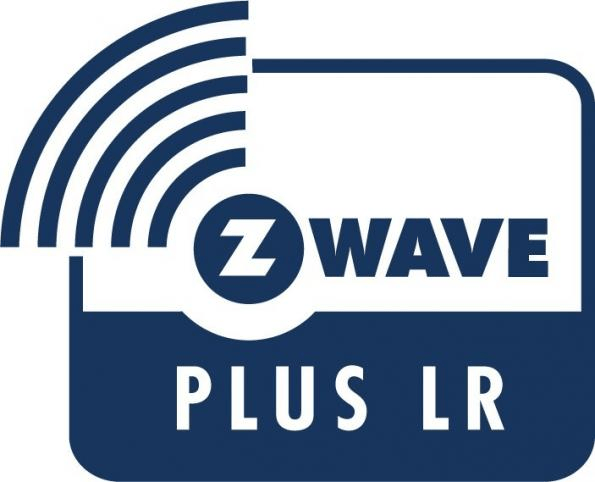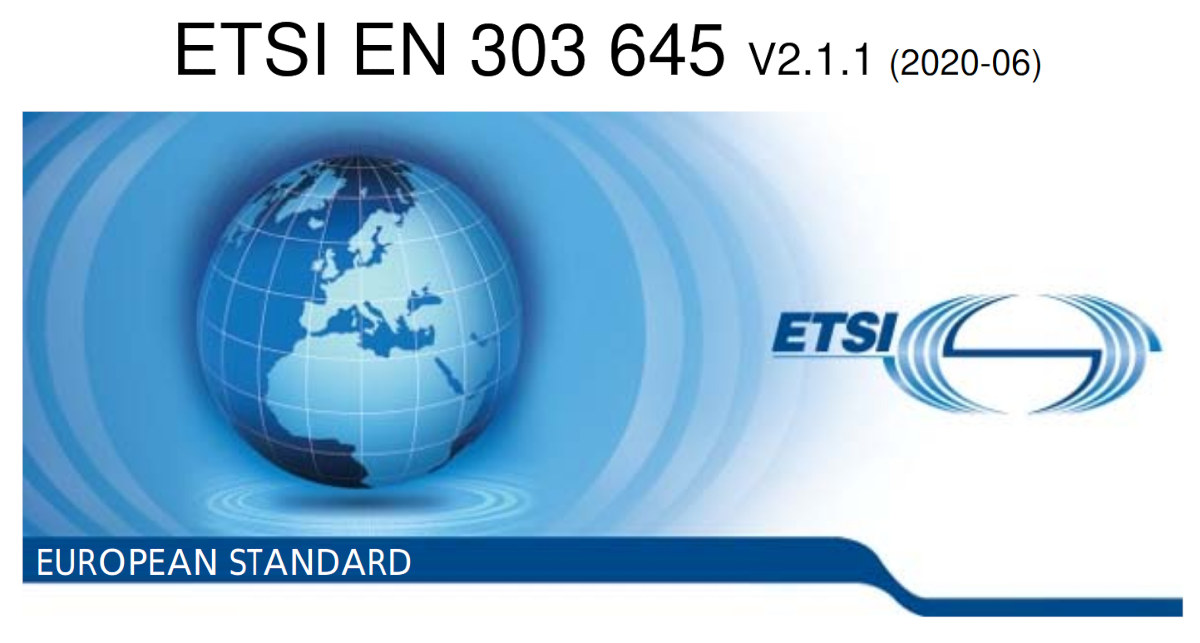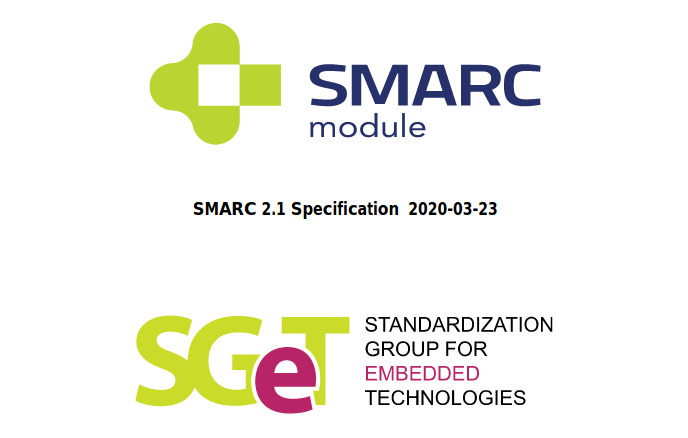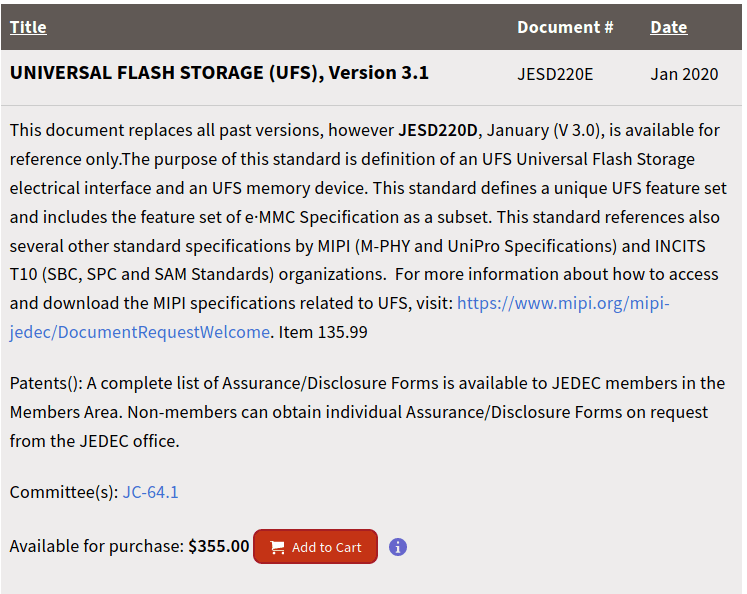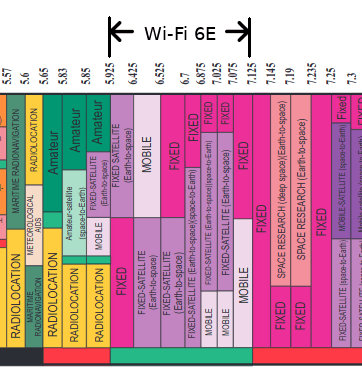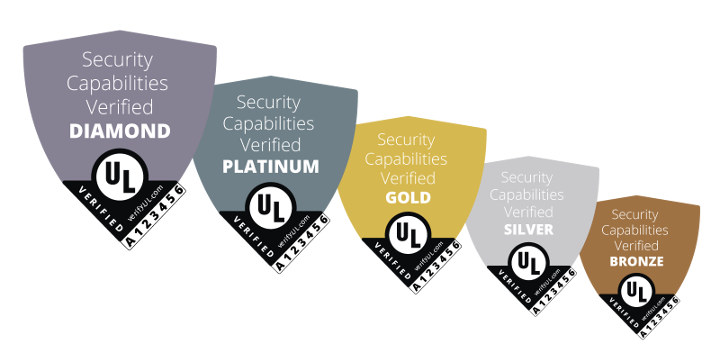There are plenty of system-on-module standards, but those mostly target application processors such as Intel/AMD x86 processors or Arm Cortex-A based SoCs. PICMG has now added a new IIoT-related open standard with MicroSAM specifying a 32x32mm module for microcontrollers and industrial IoT sensor nodes. MicroSAM standard highlights: Reliable RS422 industrial-grade communications PWM output for motion control applications Direct connectivity to a variety of sensor types (analog voltage, analog current, digital) Low power consumption Power filtering and signal conditioning for embedded installations Dimensions – 32mm x 32mm Latching connectors for secure connectivity Full industrial operating temperature range from -40°C to +85°C One of the advantages often cited for traditional SoMs is that customers don’t have to take care of the complex layout around the processor and RAM, and can simply create a 2-layer baseboard to insert the 6-layer SoM into it. This lowers the development costs and time-to-market. But it’s not […]
Z-Wave Long Range (LR) Promises Up to 4 Times the Range, 10-year Battery Life
The new Z-Wave Alliance Technical and Certifications workgroup, part of the Z-Wave Alliance, has announced the new Z-Wave Long Range (Z-Wave LR) specifications offering up to four times the range, support for ten times larger network, and 10-year coin cell battery life while keeping backward compatibility and interoperability Z-Wave LR will support up to 2000 nodes on a single smart home network making it suitable for indoor and outdoor smart home applications in multi-dwelling units, hotels, and hospitals, and removing the need for repeaters. The Z-Wave LR specification will be managed and certified under the Z-Wave Plus V2 certification program that currently mandates the inclusion of the enhanced S2 security framework as well as SmartStart plug-and-play setup feature for the consumer smart home. More details may be found on the press release and some of the sessions that were presented at Works With by Silicon Labs Virtual Conference on September […]
ETSI Releases EN 303 645 IoT Security Standard for Consumer Devices
To be successful over the long term, IoT must be secure, at least that’s what people say. So in 2016, UL introduced the UL 2900 IoT security standard, but it set the bar so high, that nobody ended up using it. and the UL IoT Security Rating System was introduced last year with various rankings for IoT devices security from bronze to diamond. The rating system was based on various countries/regions standard including ETSI TS 103 645 standard for the European market which defined requirements in terms of software updates, data & cryptography, logical security, system management, privacy protection, protocol security, and processes and documents. The ETSI Technical Committee on Cybersecurity (TC CYBER) has now released an update to TS 103 645 IoT security standard with ETSI EN 303 645 “that establishes a security baseline for internet-connected consumer products and provides a basis for future IoT certification schemes”. There are […]
NFC Wireless Charging Coming Soon to IoT Devices and Wearables
NFC is better known for contactless payment and transferring contacts, but one interesting feature is the ability to provide power as we’ve recently seen with batteryless NFC powered E-paper displays. The current NFC implementations can only provide a limited amount of power, but the NFC Forum has recently approved the Wireless Charging Specification that enables wireless charging of small, battery-powered consumer and IoT devices with a smartphone or other NFC charging device at a power transfer rate of up to one watt. One watt is not as much as other similar technologies, but NFC wireless charging (NFC WLC) should be quite more cost-effective since device-specific wireless chargers are not needed. Just take a phone or charger with NFC WLC and all compliant devices could be charged that way. The specification is free to download for NFC Forum members but must be purchased by others. There’s still short abstract available: Wireless […]
SGET SMARC 2.1 Hardware Specification Allows Up to 4 Cameras, 4 Ethernet Interfaces
There are plenty of standards for systems-on-module that are supposed to allow interoperability between vendors. For example vendor 1 may create a Qseven SoM that works with vendor 2’s Qseven compliant carrier board which should accept any Qseven compatible module, although in practice, there are always some small differences that may cause problems. Many of those standards are managed by SGET (Standardization Groups for Embedded Technologies) including SMARC (“Smart Mobility ARChitecture”), Qseven, and Embedded NUC. A recent post on ADLINK Technology alerted us of the publication of SMARC 2.1 hardware specification (PDF) with the following changes: Incorporated Errata 1.1 Rev. 2 (2/9/2017) Updated signal tables with pin number, power domain, termination information… Added details for eDP[0:1]_HPD Added SERDES as alternative function for PCIeC and PCIeD Added MDIO Interface Updated power domains and power sequencing Added two extra GPIOs PCIe Clock Request signals for PCIeA and PCIeBat at previous locations Changed […]
UFS 3.1 Storage Devices to Deliver Better Performance, Lower Power Consumption
JEDEC first introduced UFS 3.0 embedded flash in September 2017 with promises of 2.4GB/s transfer rates, and somehow this was bumped to 2.9GB/s (23.2 Gbps) when UFS 3.0 specification was published in January 2018. JEDEC has now published UFS 3.1 specification with the same theoretical performance, but some new features that should improve write performance, random read performance, as well as lower power consumption and costs. Precisely two documents are now available for purchase, unless you work for a JEDEC member, in which case those are free downloads: The Universal Flash Storage (UFS) version 3.1, JESD220E. An optional new companion standard, JESD220-3: UFS Host Performance Booster (HPB) Extension. The first defines three main improvements as part of UFS 3.1: Write Booster – an SLC non-volatile cache that amplifies write speed DeepSleep – a new UFS device low power state targeting lower-cost systems that share UFS voltage regulators with other functions […]
WiFI 6E Aims to Leverage 6 GHz Unlicensed Spectrum
If you live and/or work in an urban environment, you may have noticed 2.4GHz WiFi may not be so reliable as too many people are using the frequency leading to interference. 5 GHz WiFi is here to help, but with the Internet of Things more and more WiFi devices will come online in the next few years, and there won’t be enough capacity using 2.4 and 5 GHz. 60GHz WiFi (802.11ad/802.11ay) may not work for IoT since the signal would not go through walls. That’s why the Wi-Fi Alliance has introduced WiFi 6E, and upgrade of WiFi 6, that can leverage 6 GHz unlicensed spectrum and expand the bandwidth available for Wi-Fi. I’ve taken the US spectrum wall chart from 2016 to show where WiFi 6E would stand, and it looks pretty crowded to me with mobile, fixed and satellite applications using the 5.925 to 7.125 GHz spectrum to be […]
UL IoT Security Rating System Ranks IoT Devices Security from Bronze to Diamond
Underwriters Labs (UL) is better known for its electrical safety certification programs, but in 2016, the company introduced three UL 2900 IoT security standards that defined requirements of software cybersecurity for network-connectable products. Four years later, you may not have heard many products adhering to UL 2900, and Laurens van Oijen, IoT security solution leader at UL, recognizes that ” the UL 2900 set the bar too high for most consumer electronics/IoT companies” according to a report on CE Pro. So instead the company has launched the UL IoT Security Rating System last May with 5 levels of “security capabilities” ranking IoT devices and products with either Bronze, Silver, Gold, Platinum, or Diamond. Those certifications are aimed to help both manufacturers and developers to improve the security of their solutions, and help consumers make better purchase decisions by knowing the level of security of IoT products by just looking at […]


